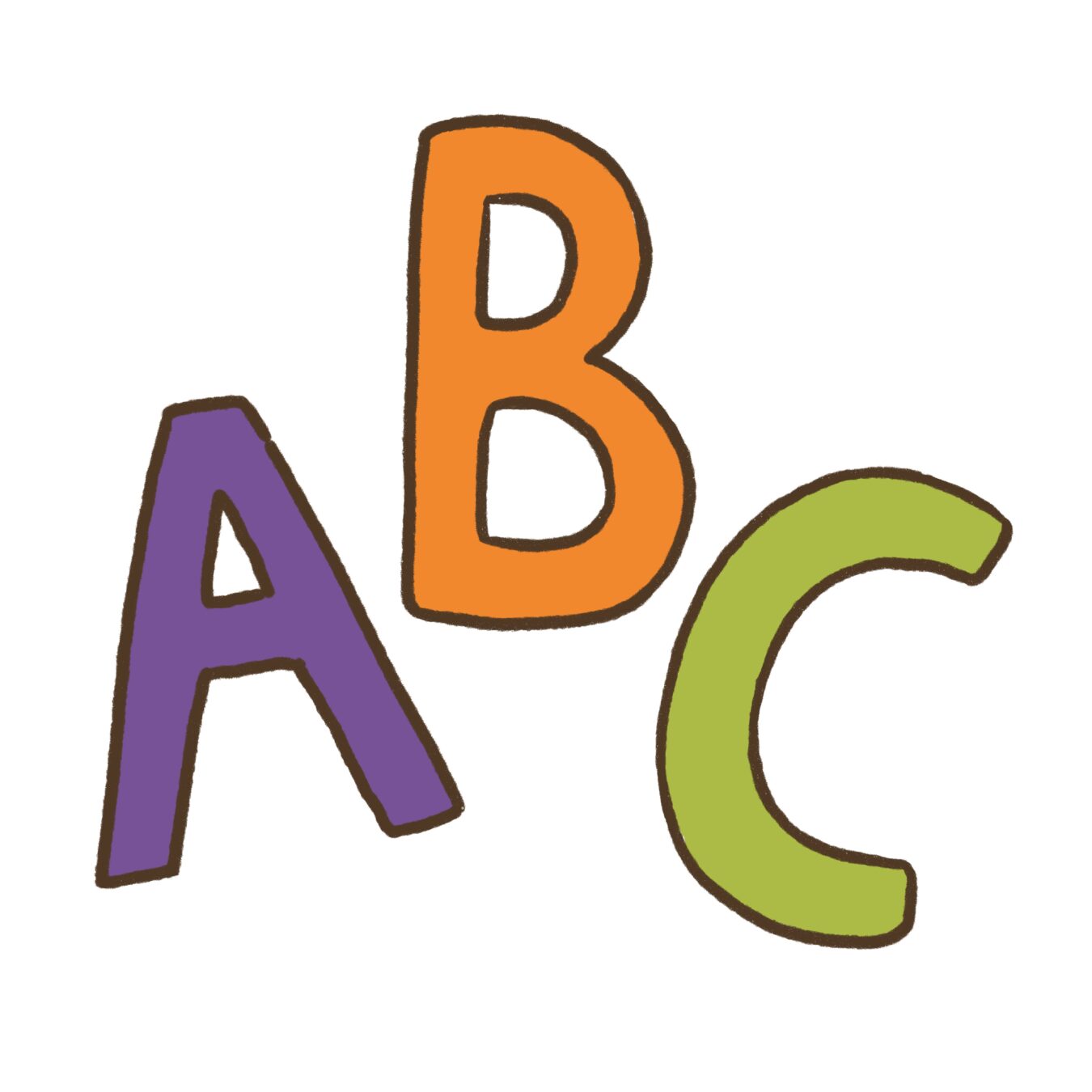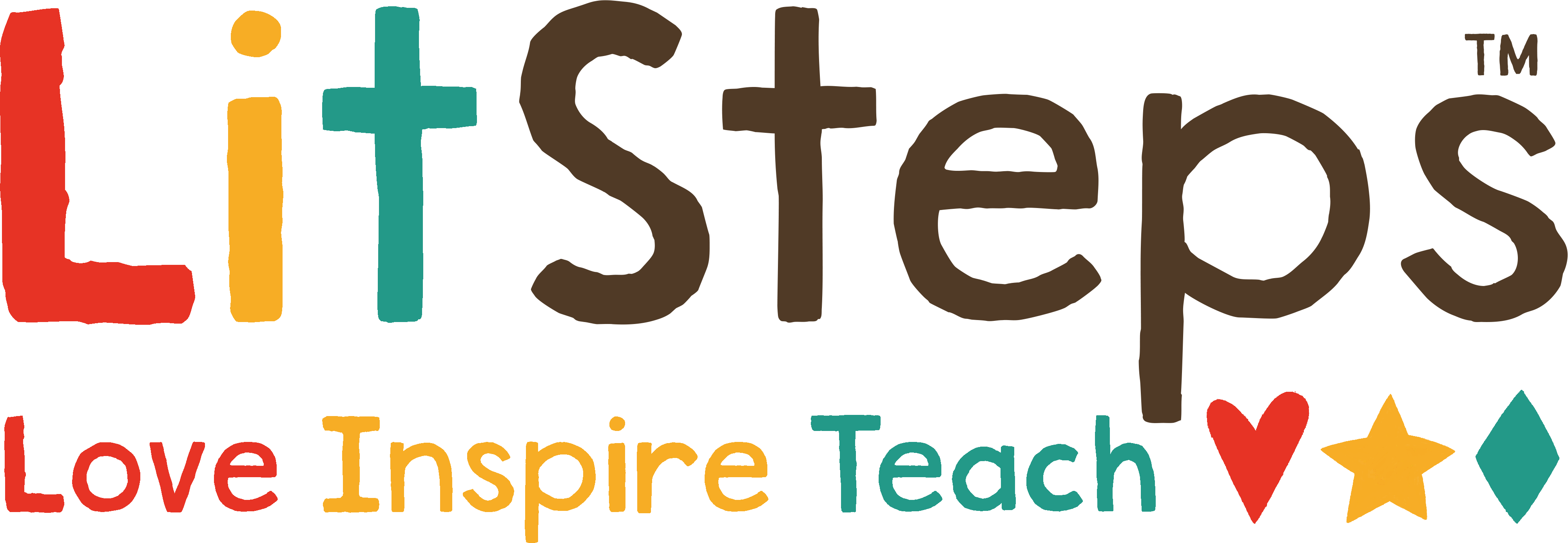
Teach
Learning Letters
Now I Know My ABC's
Learning how to sing the alphabet song is a wonderful milestone, but it doesn't mean your child knows the alphabet. Here's what needs to happen after the song ends.
Skill Building
Why
The why is obvious. We teach the alphabet because letters build words, which build sentences, which build stories, which build the world we live in. We learn to speak and read and write in order to communicate our ideas and unique perspectives.
What
Wondering what letter to teach first? The first letter children learn is one they see and hear most often. Typically it's the first letter of their name; B is for Balthazar or Bethany or Bunny. Or it may be the first letter of something familiar; M is for mom, Mickey Mouse or milk. Start with the first letter of a word that's important to them.
How
Focus on the letter name first. A is for Anna. When they've learned that focus on the sound that letter makes. A makes an "ah" sound. Anna begins with "ah". Next write their name in all upper case letters. ANNA. Circle the A. Have them trace the A with their finger. Next write a bunch of A's on a blank sheet of paper. Let them trace the A's with a crayon.
Where
Learning letters and letter sounds can happen anywhere. Writing them is best done when your child is stationary- like while sitting at the kitchen table or lying on their bedroom floor. My students used to write letters on the classroom window using washable markers or on the playground using sidewalk chalk. If you have the ability to make it fun for them, then do! Children do well when they can write large letters because their fine motor skills aren't fully developed yet. Get creative- let them trace letters in sand, rice, paint, or play dough using their finger.
When
The only requirement for when to teach letters is that you have your child's willing attention. Get their attention by engaging with them at their level. When they're playing, use what they're playing with to teach them the first letter and sound of one of their toys. When they're eating, teach them the first letter and sound of their favorite food on the plate.
Next
Letters take a while to master. They are taught and learned over a long period of time. You should be introducing other skills in the meantime. Expecting a child to learn the letter A and then work their way through the alphabet to the letter Z is an unrealistic goal. A better long term strategy is to keep your child actively engaged in the learning process by using their interests to teach leatters and other skills. If you've lost their interest, their spark for learning is lost, too.


